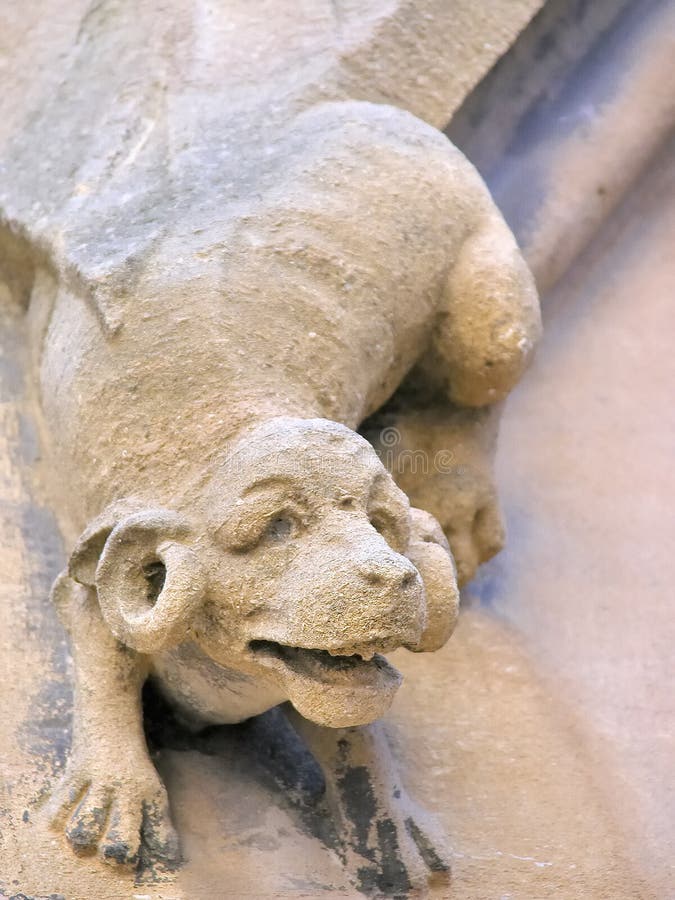

Hidden in Plain Sight is a collection of student papers on objects that are "hidden in plain sight" around the Gettysburg College campus. Course Title: HIST 300: Historical Method.However, once you have seen them, you never cease to feel their eyes upon you. These architectural ornaments are not noticed outright because they tend to blend in with the stonework on the building. Grotesques and gargoyles sit in the moldings, on the window sills and at the junction where roof and wall meet, hidden from the eye that does not have the compulsion to look. What one may not notice are the eyes watching from the brownstone faces and creatures at home in the stone, surveying your every move. One takes notice of the arched doorways, sunken windows, and the giant bell tower whose occupant chimes on the hour.

They were often painted, but the paint on old gargoyles still surviving today has either been worn off or been removed.ġ2 In later times, most of them became mainly ornamental and served no other purpose than decoration.When one walks around the campus of Gettysburg College, Glatfelter Hall towers above them, as one of the College’s most commanding edifices. Gargoyles were carved on the ground, from a clay model, and then placed in position. Gargoyle water spouts were even found at the ruins of Pompeii.Ĩ Gargoyles became very popular in the medieval times (1200-ĩ Here is the Notre Dame Cathedral in Paris, Franceġ1 Although the first gargoyles were made out of wood, later gargoyles were usually carved from limestone or marble, and sometimes lead.


Water spouts depicting: lions, eagles, and other creatures, including those based on Greek and Roman mythology, were very common. Gargoyles can be traced back 4000 years to Egypt, Rome and Greece. One belief is that gargoyles also served as protectors, keeping evil away from the buildings and their occupants.ĥ A trough is cut in the back of the gargoyle and rainwater typically exits through the open mouthĦ The word gargoyle is connected to the French verb gargariser, which means "to gargle”ħ Gargoyles can be traced back 4000 years to Egypt, Rome and Greece Presentation on theme: "Gargoyles."- Presentation transcript:Ģ A gargoyle is a carved stone grotesque (sculpture), usually made of granite.ģ Gargoyles often are combinations of real animals and people, many of which are humorous.Ĥ Gargoyles have a spout designed to convey water from a roof and away from the side of a building thereby preventing rainwater from running down masonry walls and eroding the mortar between.


 0 kommentar(er)
0 kommentar(er)
